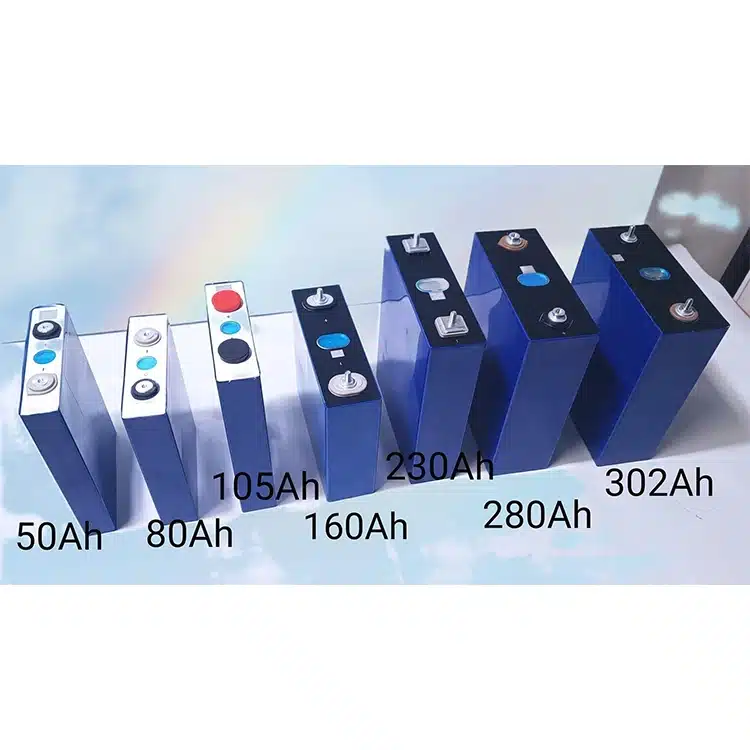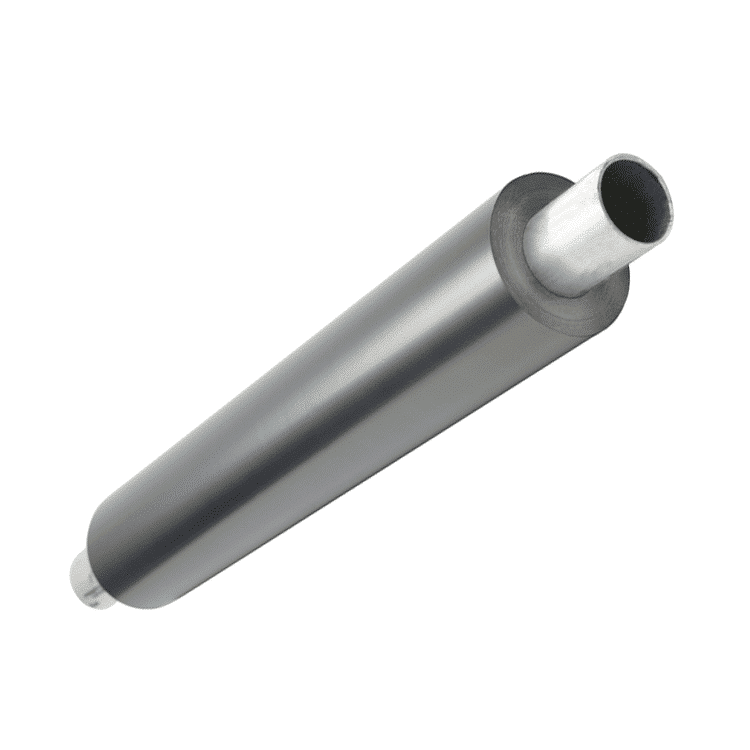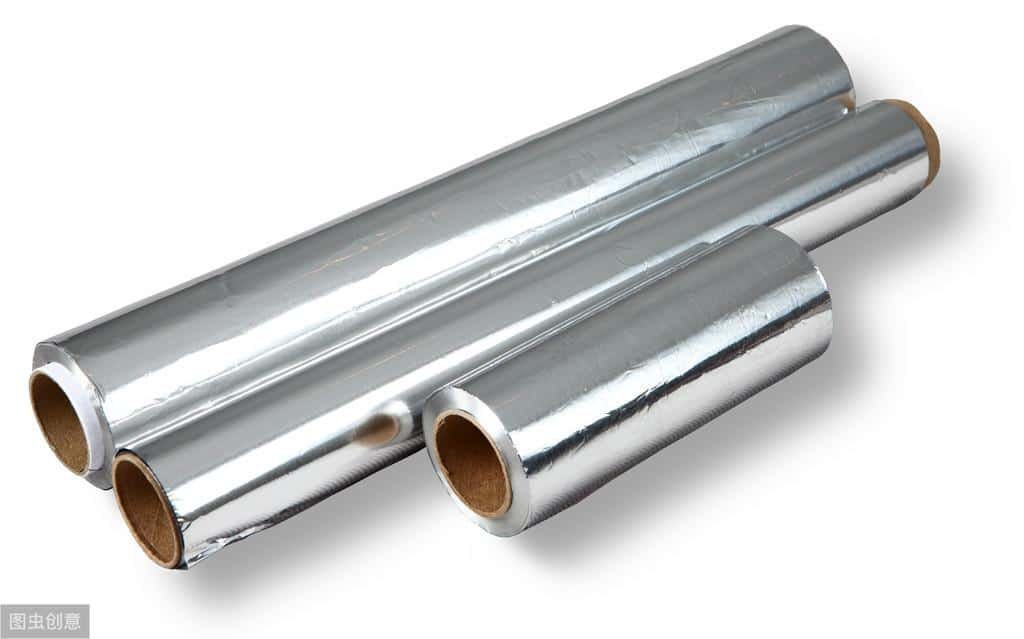Lithium-ion batteries consist of multiple elements, including the cathode, anode, electrolyte and separator. Furthermore, batteries may include binder material such as carbon black (conductive carbon black), current collectors or current collector tabs as well as packaging materials.
Cathode material
Cathode material has an enormous influence on the performance and characteristics of batteries.
Lithium batteries use various positive electrode materials, including:
Lithium Cobaltate O2 (LiCoO2) offers an operating voltage range between 4.2V, 4.35V and 4.45V;
Ternary Materials: These include NCM900505, NCM811, NCM622, NCM613 NCM523, NCA111; lithium niobate coated NCM8111 and lithium iron phosphate P198 DY-3XDNP01-2 are amongst several other materials that fall within this tertiary material category.
Lithium Iron Phosphate Manganese compounds: LFMP64, LFMP73 and M70;
Cathode materials such as lithium manganate, lithium vanadium phosphate, and spinel lithium nickel manganate exist as alternatives. Spinel lithium nickel manganate offers an output voltage range between 2.5V-5V.
Negative electrode material
Provides storage and release of lithium ions
Common anode materials include:
Silicon carbon anodes include Si/C-400, Si/C-500, Si/C-600 and Si/C-650; silicon oxygen carbon anodes include SiO/C-420 and 450; silicon oxygen: 1580mAh/g; graphite anodes include artificial graphite AGP, artificial graphite S360, FSN-1 natural graphite 918-II power type artificial graphite QE-1 QCG-X9 energy fast charging type artificial graphite QCG-X9 energy fast charging type artificial graphite QE-1 QCG-X9 energy fast charging type artificial graphite QE-1 while low expansion rate G49 all exist among others; hard carbon anode materials include lithium battery hard carbon like Wuyu chemical hard carbon Kuraray 509-5 D50=5um soft carbon, nano silicon 50nm soft carbon soft carbon material used on zinc foil etc; other materials may include soft carbon, nano silicon 50nm soft carbon soft carbon, soft carbon nano silicon 50nm soft carbon materials such as zinc foil etc; last but not least this material comes into its own right if needed in this respect as this case! Zin foil contains zinc foil for any potential usage, making zinc foil materialization essential when considering this material!
Electrolyte
Improve battery performance, cycle life and energy density
Optimize multiple electrolytes according to a given formula or battery system, such as ternary material electrolyte, lithium-rich manganese-based electrolyte, lithium iron phosphate electrolyte, lithium cobalt oxide electrolyte and high voltage electrolytes.
Diaphragm
Diaphragm Wedge Slit Material used to separate positive and negative electrodes of lithium-ion batteries
There are various materials used for diaphragms that may be appropriate, including PP diaphragms, PE diaphragms, PPPEPP diaphragms, ceramic (with single/double-sided coating) diaphragms and Whatman glass fiber diaphragms – this will depend on both battery requirements and application scenario.
Conductive agent
Conductive agent can enhance battery and energy storage device conductivity and performance.
Materials such as Super P Li, Japan’s Lion King Kechin Black ECP-600JD, Super P Li and SFG-6 can all be used as conductive agents. Acetylene black can also be utilized. Multi-walled carbon nanotube slurrys (water/oil series), multi-walled nanotube powders or single-walled carbon nanotube powders are frequently employed as well.
Binders
Binders improve material adhesion and mechanical strength.
Commonly utilized adhesives include American Solvay PVDF 5130, French Arkema PVDF HSV900, Japanese Daicel CMC 2200 and Paper CMC MAC500LC are among the many types. Also common are Japanese Rion SBR BM-451b as well as JSR TRD104A LA132/133 LA136D LA136DL PAA Li, PVP K30 and PTFE among many other materials.
Collecting fluid
Collecting fluid can significantly enhance battery conductivity and electrochemical performance, thus increasing battery longevity.
Copper foil (single/double/triple light/double hair), carbon coated copper foil (single light/double light), aluminum foil (single light/double light), carbon coated aluminum foil (single light/double light), microporous copper foils and aluminum foils as well as porous copper foils and porous aluminum foils, foam nickel and foam copper collectors are popularly utilized by collectors.
Shell and other materials and tools
Provides functionality for battery packaging, insulation, connection and testing.
Button cell battery shells, aluminum-plastic film, tabs, N-methylpyrrolidone (battery grade), asphalt, high temperature tape cutting tools and soft-pack battery test fixtures are among the many materials and tools commonly employed for battery assembly and preparation.






